Are you a birdwatcher wondering about the species of birds you will see when you visit North Carolina? If yes, the good news is that North Carolina is a place where you will spot beautiful species of birds almost everywhere within the state.
This article will show you the most common birds you will see immediately you step your feet into the state. These birds will not only appear to welcome you into North Carolina but also seems to be following everywhere you go. Kindly read on to see the names of these birds and learn a few things about them.
1. American Robin
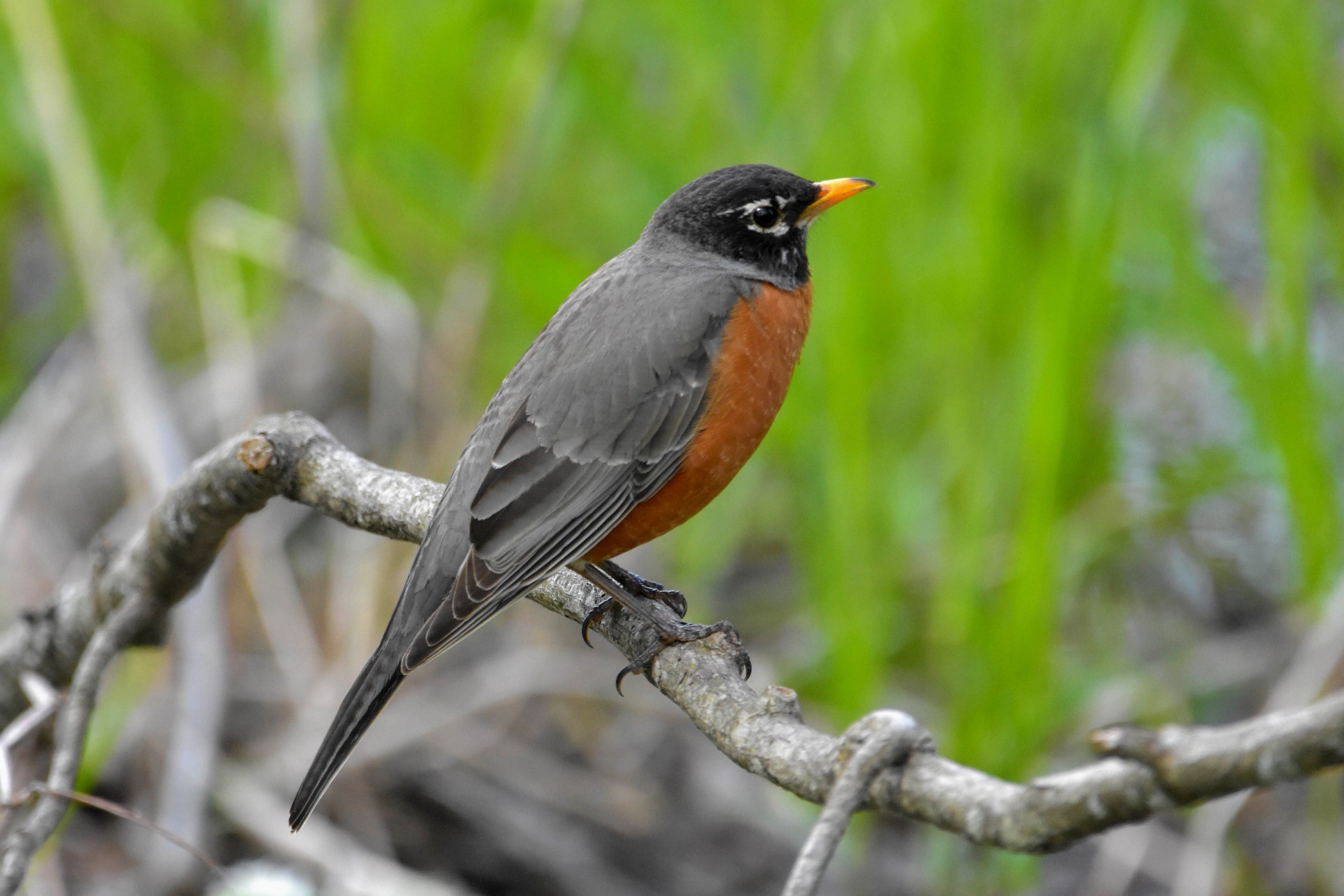
American robins are songbirds with gray-brown feathers. If you watch the birds fly above you, their attractive warm underparts will be the first thing to catch your attention. But, if you watch the birds closely while they fly, you will also notice some white patches on their lower belly.
They spend most of their time on lawns feeding on worms. They also eat berries when worms are scarce in winter. American Robbins sometimes display intoxicated behaviors when they feed on fermented berries. For instance, the bird may fall over while walking.
2. Carolina Chickadee
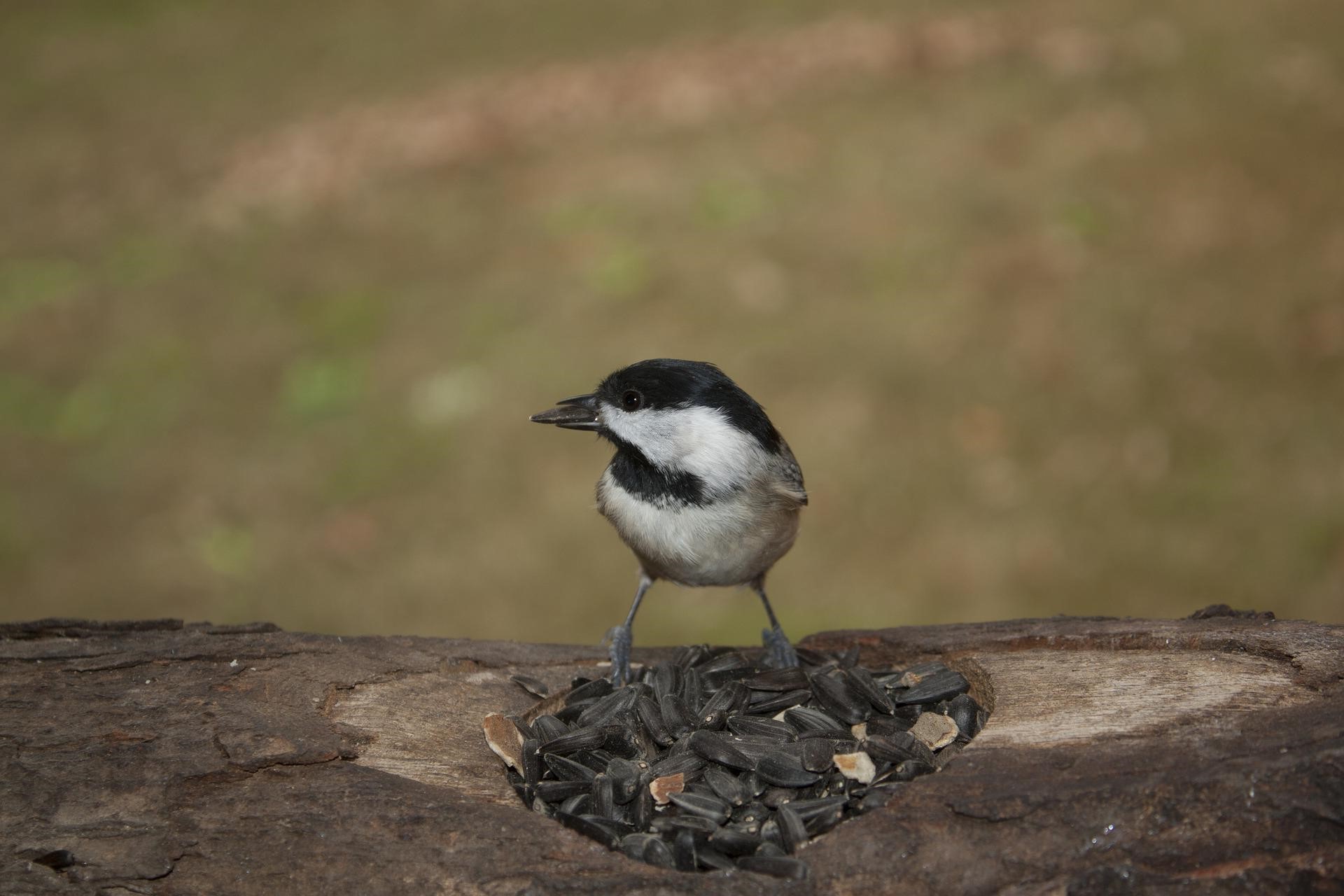
Carolina Chickadees are small birds that earned a name for themselves from the sound they often make. Carolina Chickadees hardly grow beyond 4.7 inches in length. Despite their small size, they often produce loud”chickadee-dee-dee-dee” sounds to their surroundings. Most parts of their body have gray color, but they have white cheeks and a black head.
Carolina Chickadees are very sensitive to temperature changes. Fortunately for these tiny birds, they can survive extreme cold. They survive cold by fluffing out their feathers to add extra layers of insulating air to their body. On cold nights, the birds simply hole themselves in small cavities and lower their body temperature in other to save enough to shiver during the day.
Carolina Chickadees are very intelligent, and they often show some level of curiosity. Although these tiny creatures prefer forest areas, they often visit residential areas, especially those with tall trees where the birds can eat seeds and play. If you want these birds to visit your backyard often, you should spread some seeds on the ground. Seed is one thing that Carolina chickadee can’t afford to miss.
3. Eastern Bluebird
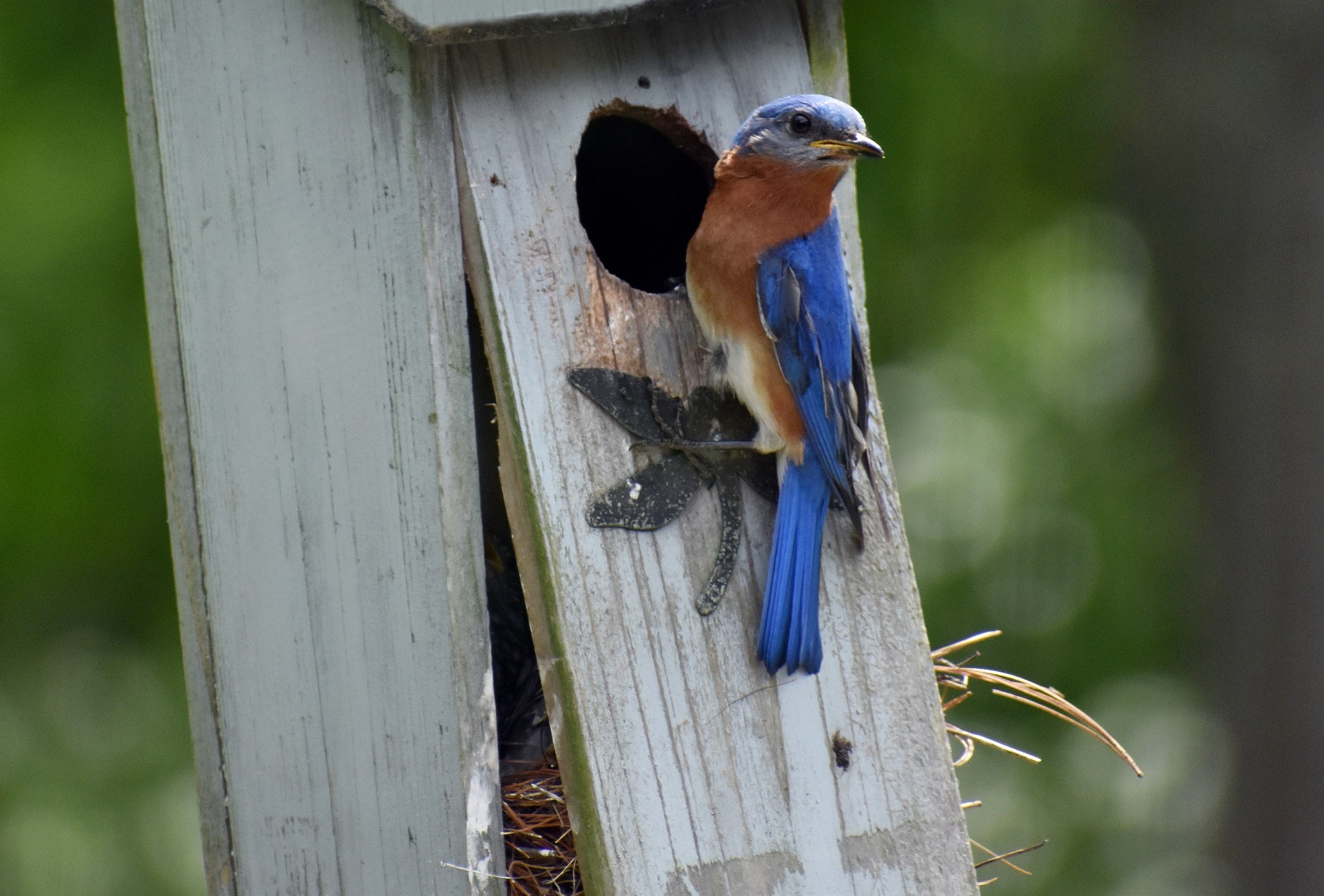
Eastern Bluebirds are brightly colored birds good at hunting insects. If you’ve ever seen these birds hunting insects, you might assume they learned hunting skills from a special military school. They sometimes even catch insects in the air. Their primary preys are insects that stay in an open field of grass, but when these are unavailable in fall and winter, the birds change their food to fruits.
Eastern Bluebirds abound in many open fields in North Carolina. You can easily identify them by their color patterns. The male eastern birds have orange-brown throat, sides, and breast. Their upper part has a bright blue color. Female eastern birds have a similar color pattern, but the colors are faint.
As you walk across North Carolina, you will see these birds on fences, wires, and trees, looking for insects. The male birds sometimes fight over territory. If you sight them at such a time, you will see the birds chasing each other at very high speed.
4. American Goldfinch
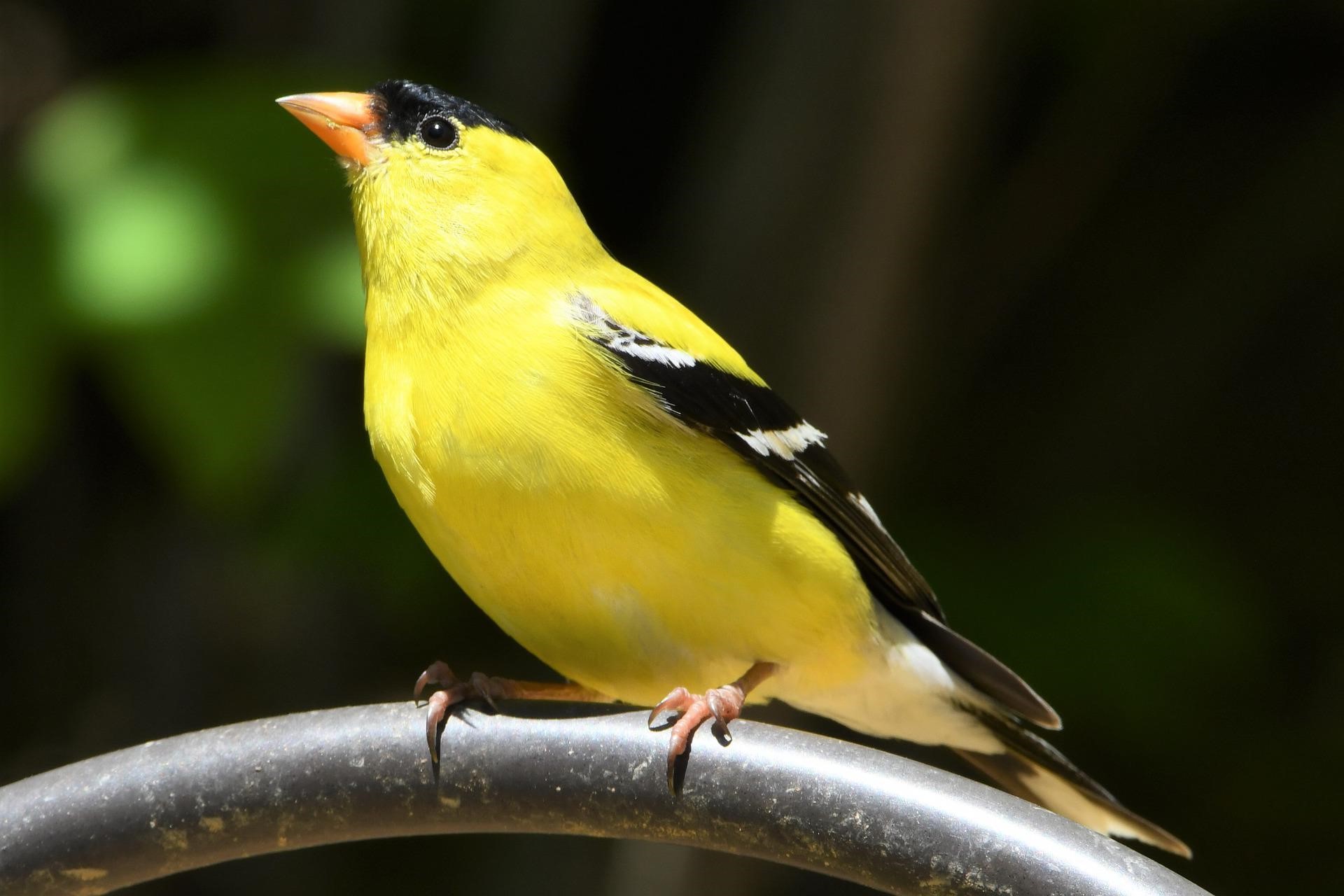
American Goldfinches are birds of entertainment. Their cheery song and acrobatic skills make these birds good entertainers. They love clinging to seeds and weeds when they are not flying.
In spring and early summer, male American Goldfinches have bright yellow on their body parts except for their wings, forehead, and tail. Their forehead is entirely black, but their wings and tail are black with white stripes. Female American Goldfinches have a dull yellow underpart and olive upperpart. Their wings and tail have the same color as male birds except that the colors are faded.
Hardly can you walk past any floodplain or weedy field in North Carolina without seeing at least one American Goldfinch. They also visit busy roadsides, cultivated areas, and orchards.
5. Carolina Wren
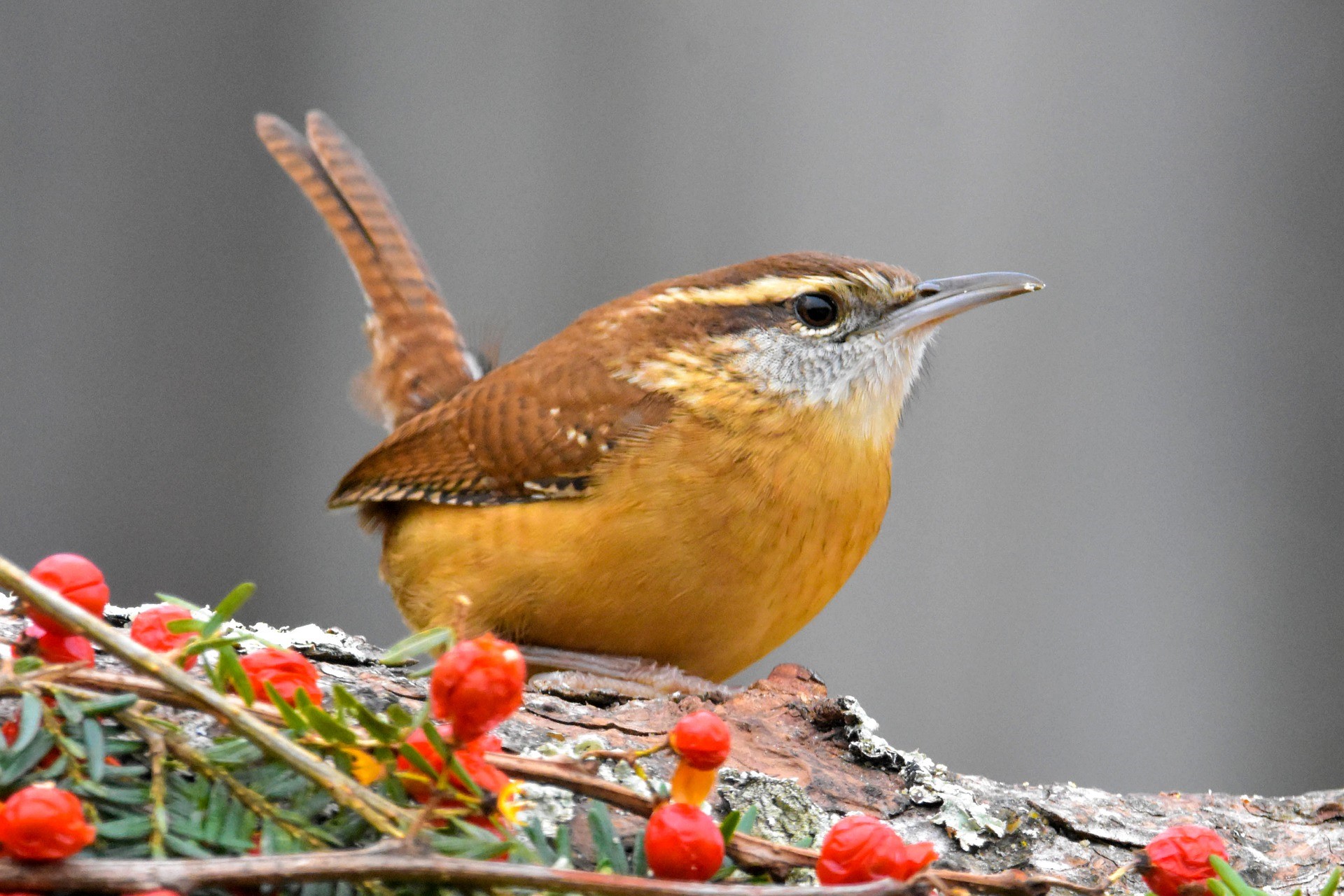
Carolina Wren is one of the most common birds in North Carolina, though the birds often hide in the woods. Nonetheless, their “teakettle-teakettle” sound often announces their presence. If you follow the sound, you will see the birds singing.
Male and female Carolina Wren can interweave different sounds so perfectly that you will assume the entire sounds are coming from only one bird until you sight two tiny birds singing.
These birds don’t forever hide in the woods as they sometimes visit residential areas near the wood. You can identify them by their brown color and sound when you come across one. Their underpart has a light brown color, and their upper part is dark brown. Their white eyebrow stripe distinguishes them from other birds whose color patterns are similar to theirs.
6. Tufted Titmouse
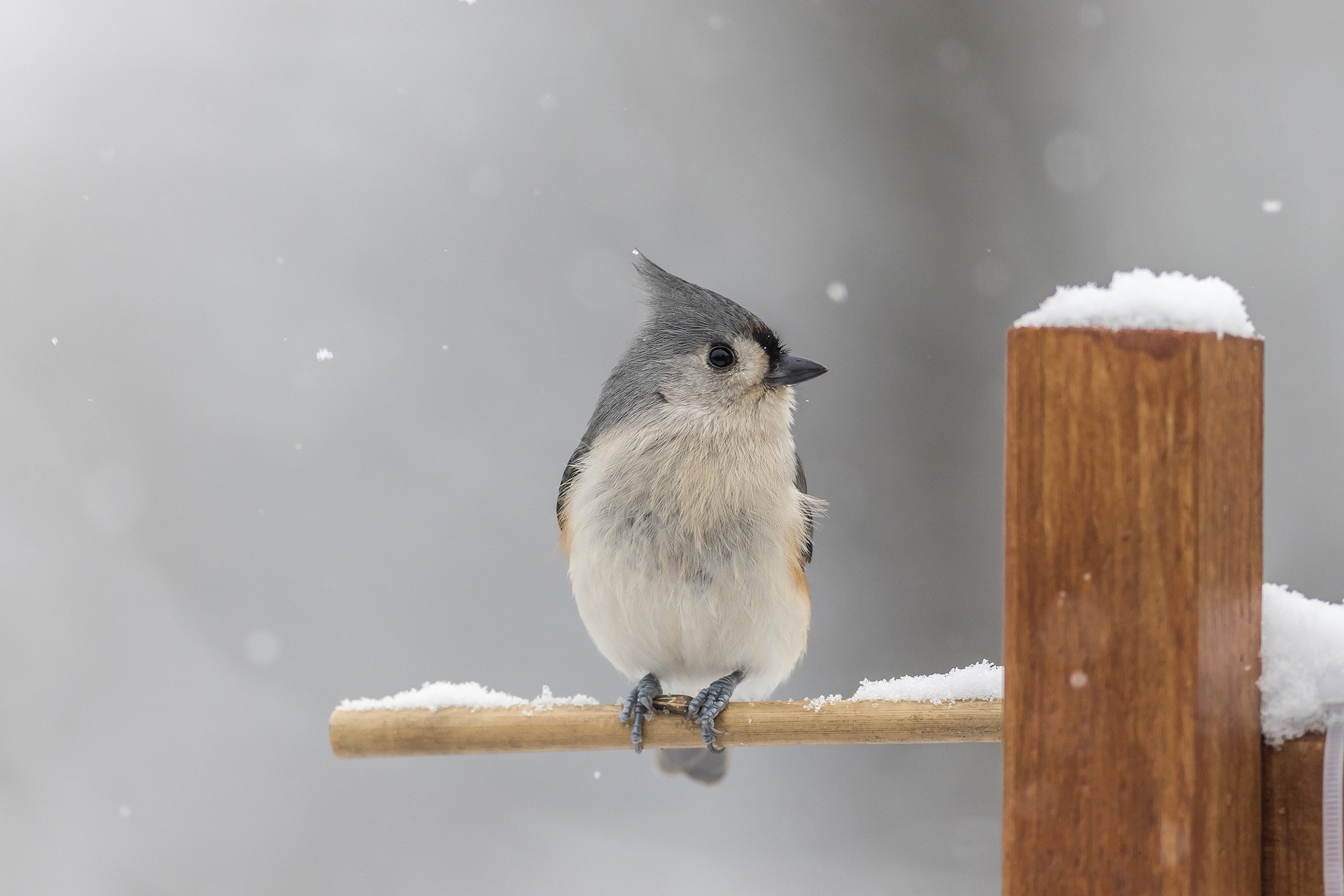
Almost every tree in North Carolina has at least one Tufted Titmouse. These birds are fond of making echoing voices from treetops. Their constant presence on treetops might make you conclude that these birds are tree-dependent. Their “peter-peter-peter” song can travel over a long distance to catch people’s attention.
These birds stay in North Carolina all year round. In fall and winter, they’re usually busy birds as they fly around to hoard food. Sunflower seed is their favorite food, but they consume other seeds when sunflower seed isn’t available. If you walk past any feeder in North Carolina, you will likely see Tufted Titmouse with their grey feathers feeding on seeds.
These birds have some amusing behaviors. For instance, Tufted Titmouse sometimes hangs upside down to inspect twigs and branches from various angles. Sometimes, they perch beside windows, peep into people’s houses, and act like they are spying on humans.
7. Downy Woodpecker
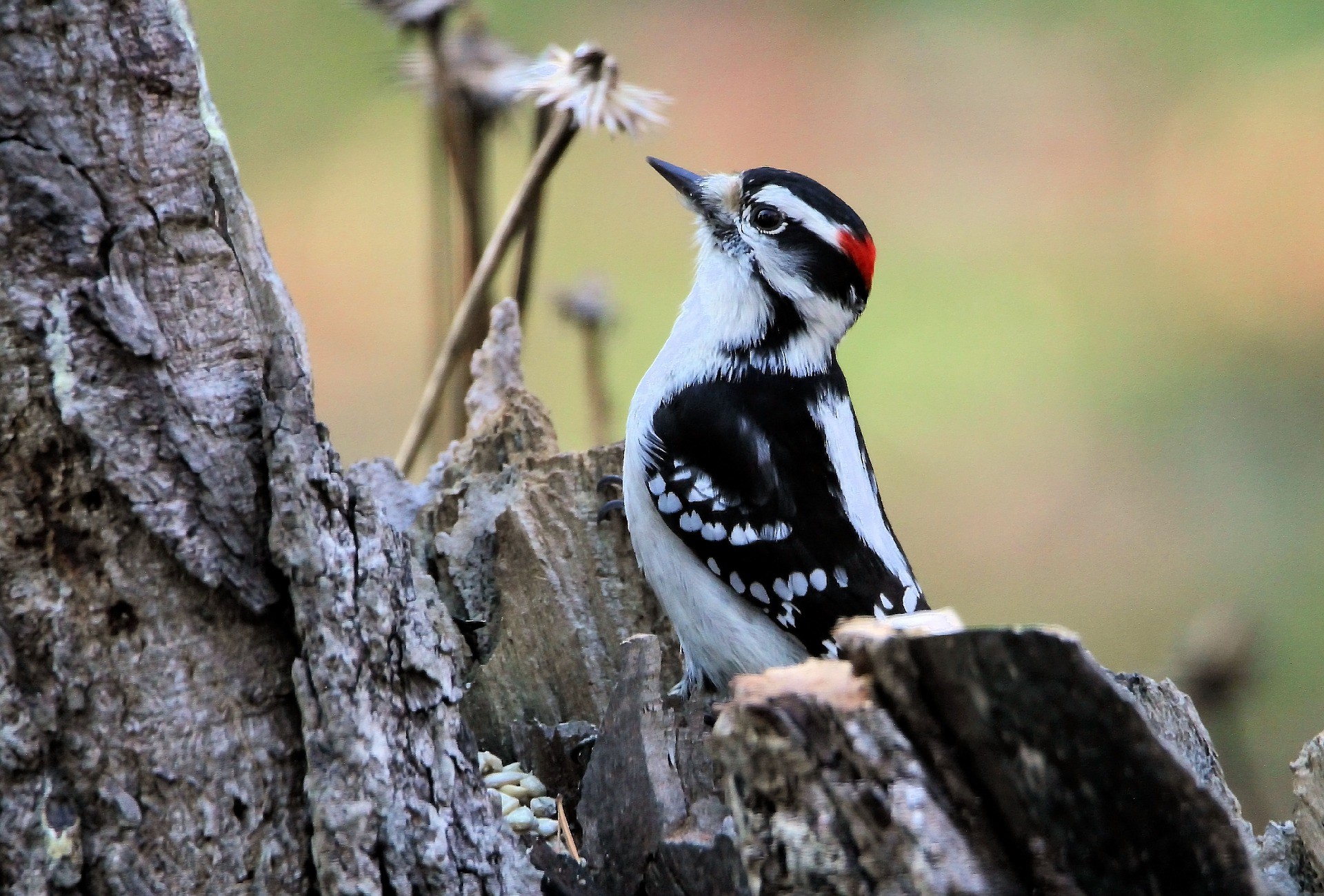
Downy Woodpeckers are courageous small birds common in North Carolina at all seasons. They feel comfortable living close to humans and even visiting our backyards in our presence. These tiny birds (7 inches) symbolize bravery and hard work. Indeed, Downy Woodpeckers display courage almost constantly, and they’re very hardworking.
They possess some acrobatic skills that can entertain birdwatchers. For instance, the birds sometimes dance and drum on trees. Also, they display their acrobatic skills when courting. Since they often live amidst humans, you’ll quickly catch a good glimpse of their display in residential areas.
Their acrobatic skill isn’t the only beautiful thing about the birds. Their feather patterns alone will cause you to focus your attention on Downy Woodpeckers whenever they’re nearby. They have white underpart and upperpart. Their wings have a black color with some white spots.
8. American Crow
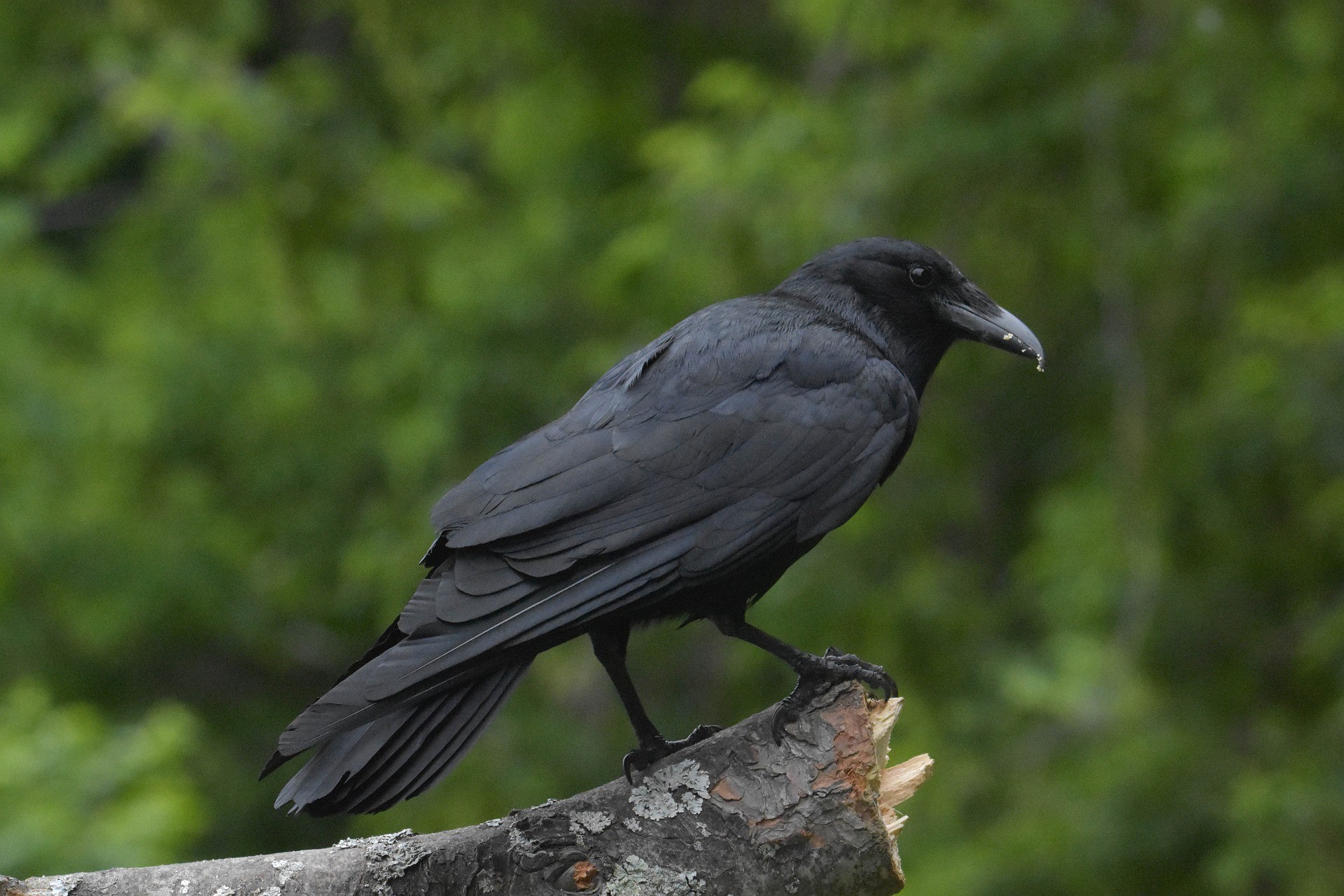
American crows are omnivorous birds with black feathers. Although their black color and crowing sound might not fascinate you, their intelligence will certainly amaze you. In North Carolina and other places where these birds abound, they are famous for their problem-solving skills. Their level of intelligence is on par with chimpanzees’ intelligence.
American Crows have sometimes been seen using objects as tools. For instance, American Crows often use hard rocks to open seeds. The birds drop nuts on hard surfaces from great heights to open the seed. American Crows are intelligent enough to investigate potential threats by examining the body of any American Crow that dies in their vicinity.
9. Blue Jay
Blue Jays are large songbirds with beautiful patterns on their feathers. These birds are also quite intelligent and share some social connections with one another. Their loud song is perhaps the most common trait people use to identify Blue Jays. They don’t make sounds only for entertainment but rather for communication.
Blue Jays sometimes imitate the sounds of other animals and birds, especially hawks, to detect hawk’s presence or warn other Blue Jays of danger. They can mimic human sounds too.
As omnivores, Blue Jays feed on various things, including other young birds and eggs. Acorn is their favorite food, and they are fond of storing them in the ground, though they sometimes forget to retrieve the seeds they keep.
10. House Sparrow
There’s hardly any house in North Carolina that House Sparrows don’t visit often. These birds stay close to buildings where they spy on humans.
In town, you’ll see them hopping by the roadside in search of food. You may even see them bathing in puddles by the roadside. Male House Sparrows are easily identifiable by their patterned wings with bright tan and brown colors. Their underpart has pale pearly-gray color. Females House Sparrows have a plain brown color with light eyebrows.
Conclusion of the Most Common Birds in North Carolina
North Carolina is a place where birds actively entertain humans with songs, acrobatic skills, and amusing behaviors. By now, we believe you’ve learned a few things about the most common birds in North Carolina. If the things you’ve read about them in this article fascinate you, then we urge you to visit North Carolina to see these birds.
